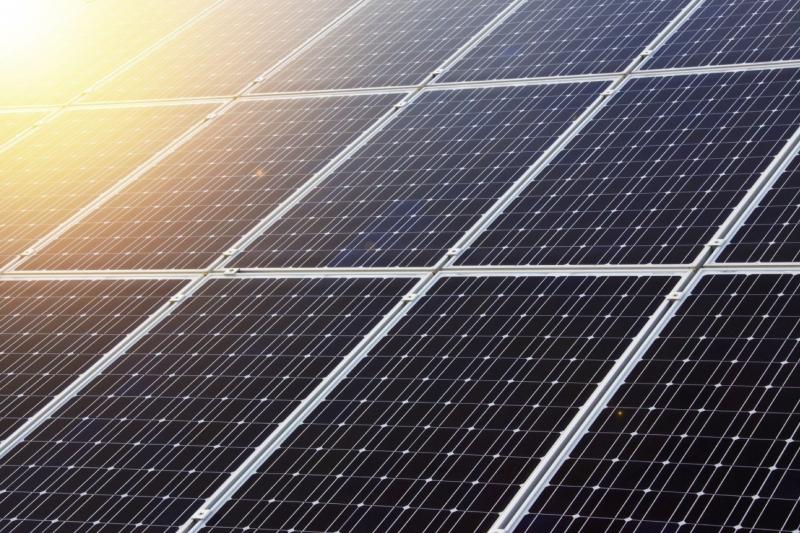The Top Facts You Should Know about the Efficiency of Your Solar Panels to Make the Right Choice

If you have decided to install solar panels in your home, congratulations are in order! You will be one of the many homeowners who greatly benefit from such an excellent investment. The popularity of solar panel systems has soared in recent times, and it’s due to many reasons indeed, one of which is their lower cost, and another of which is their better efficiency. But speaking of efficiency, what should you know about the efficiency of solar panels so you can make the most of your installation? Most solar panels found in UK homes and properties are at 10 to 20% efficiency, but you can have panels with an efficiency level of as much as 25%. Here are some other top facts you should know about the efficiency of your solar panels so you can make the right choice.
The definition of efficiency
There are various ratings regarding the efficiency of solar panels, and this refers to how well they do in terms of the conversion of sunlight or solar power to electricity. The rating is by percentage, and many panels used for domestic installations are from 15 to 20% efficient. Remember that whilst this figure sounds low, an average 4kW-sized system can produce enough power to significantly decrease your electric bills and your property's carbon emissions. The kW refers to the energy output, and these outputs stand for the amount of electricity your panels can generate for your property.
The factors that decrease efficiency
Some factors may decrease the efficiency of your solar panels, and you should consider them before you have your panels installed. A good installer should be able to give you advice regarding your best choices and options.
The shading on your roof, for example, can affect efficiency, and even just a little bit can make a big difference. Your chosen installer should therefore conduct a shading evaluation and analysis so they can figure out any issues like tree or chimney obstructions. If your roof is older, you may also want to choose integrated panels, which act as the solar panel roof itself, replacing the slates or tiles underneath.
The placement of the panels can also have an impact, like those on a roof that faces south are ideal. Whilst you can still place panels on roofs facing west or east, the level of output will be lower.
The types
You should be aware that there are three major kinds of panel cells, and the kind you select will decide how much electricity or power they will produce, ergo their efficiency. You have monocrystalline panels, which are known to have the highest efficiency, as the cells they have are from a single silicon piece. It follows that they are the costliest.
You can also choose polycrystalline panels, which are comprised of multiple crystals of silicon, and this creates spaces or gaps between each crystal, which affect their efficiency in converting energy from the sun. They are a little less efficient compared to monocrystalline panels, but they are also usually cheaper and larger to compensate for the difference. You can also opt for thin-film cells, which are comprised of thin silicon layers placed on an electrical component. These cells aren’t as efficient as the first two, but they are less expensive, offer more flexibility, and are lighter.
Previous Posts:
Next Posts: